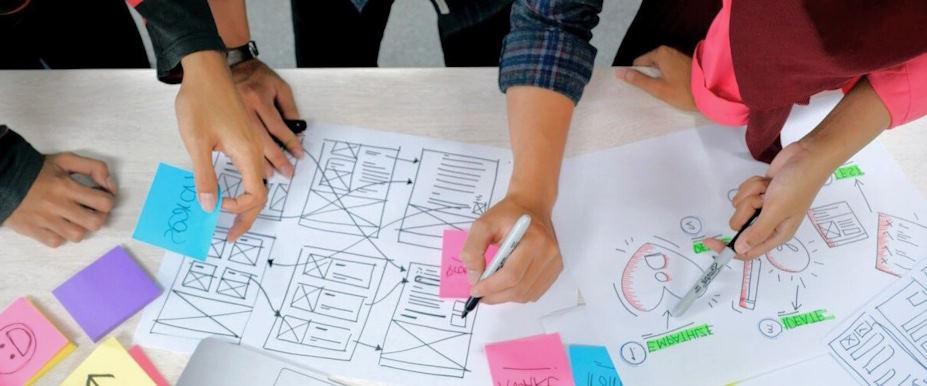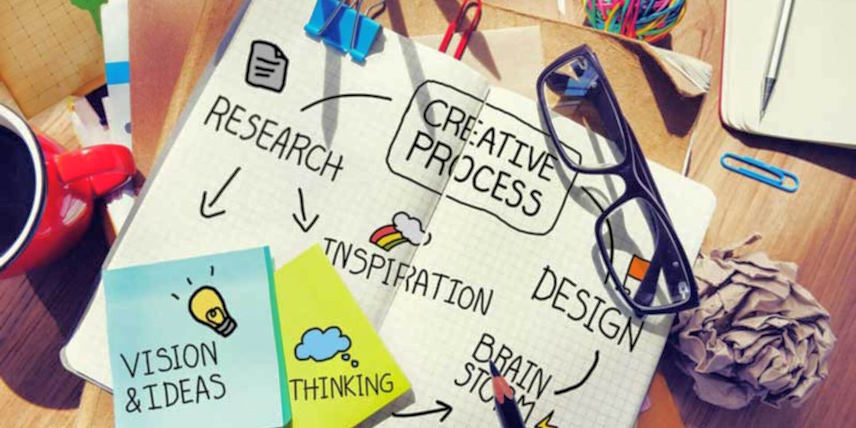
From Concept to Creation: The Process Behind Innovative Design
Innovation is at the heart of design, creating groundbreaking products, services, and experiences. However, the journey from concept to creation is a multifaceted process that involves research, ideation, prototyping, and refinement. This article explores the process behind the innovative design, highlighting the key stages and considerations designers undertake to bring their ideas to life.
The Stages of the Design Process
The design process typically follows a series of stages, each contributing to the development and refinement of the final design. These stages can vary depending on the project and the design discipline but often include the following:
- Research: The initial stage involves gathering insights and understanding the problem or opportunity. It includes market research, user analysis, and studying existing solutions.
- Ideation: Building upon the research, designers generate ideas and concepts. Brainstorming sessions, sketching, and mind mapping are common techniques for exploring possibilities and potential solutions.
- Concept Development: Selected ideas are further refined and developed into coherent concepts. This stage involves creating sketches, digital renderings, or prototypes to visualize and communicate the design direction.
- Prototyping: Prototyping brings the design concept to life in a tangible form. Prototypes can range from physical models to interactive digital simulations, depending on the project. Prototypes help designers evaluate their ideas’ feasibility, functionality, and user experience.
- Testing and Iteration: Prototypes are tested with users to gather feedback and insights. This iterative process allows designers to refine and improve the design based on user interactions, usability testing, and performance evaluations.
- Refinement: With user feedback in mind, designers refine the design based on the insights gained during testing and iteration. This stage involves adjusting, fine-tuning details, and addressing identified issues or limitations.
- Production: Once the design is finalized, the production stage begins. It involves selecting materials, coordinating with manufacturers or suppliers, and ensuring quality control throughout production.
Key Considerations in the Design Process
| Stage | Key Considerations |
| Research | User needs, market trends, existing solutions |
| Ideation | Generating diverse ideas, thinking outside the box |
| Concept Development | Visualizing design concepts, storytelling |
| Prototyping | Material selection, functionality testing |
| Testing and Iteration | User feedback, usability improvements |
| Refinement | Detail refinement, addressing limitations |
| Production | Material sourcing, manufacturing coordination |
Collaborative and Iterative Approach
Design is often a collaborative and iterative process. Designers collaborate with stakeholders, users, and other experts to gain diverse perspectives and refine their ideas. Feedback and insights gathered during testing and iteration stages help drive improvements and ensure the final design meets the intended objectives.
The journey from concept to creation in innovative design involves a series of stages and considerations. From thorough research to prototyping, testing, and refinement, each step plays a crucial role in shaping the final design. The collaborative and iterative nature of the process encourages innovation, problem-solving, and user-centered design. By embracing this process and considering the key stages and considerations, designers can transform their concepts into impactful and groundbreaking designs that address real-world needs and captivate users.


